Blog Categories
2022 Legislation20232023 Legislation20252A RightsAbortionAngela RomineArise & BuildAwakening at The WallBill HardwickCalls to ActionCaptiol Fun DayCaucusCentral CommitteeChanging the ConstitutionCivil LiabilityClosed PrimariesCONConcurrent Majority RatificationCongressional MapCovidDataDean PlocherDESEDHSSEducationElectionsEventsFoster CareGamblingGas TaxGirls SportsGlobalismGovernor ParsonHA 301HB 781HB1616HB1692HB2009HB700HealthcareHJR 43Hospital TyrannyHouse RulesHuman TraffickingInitiative PetitionIP ReformJill CarterJodi Grace MinistriesJoe NicolaJon PattersonKudosLegislative LimelightLiberty Limelight AwardMandatesMissouri Kids FIRSTMO Education SummitMO GOPMO HouseMO Right to TryMO SenateMO State LegislationmRNAPACsParent's RightsPeggy McGaughPresidential PrimaryPrimariesPrivacy ActsRalliesRightPathRudy VeitSafe ActSB 117SB 16SB 174SB 186SB 4SB 49SB 51SB199School BoardScott RiedelSELSen CierpiotSen KoenigSenator ArthurSenator Ben BrownSenator EigelSenator KoenigSenator MoonSenator O'LaughlinSenator RehderSJR 28Sovereign ImmunityState BOESunshine LawSustainable DevelopmentSuzie PollockThe Sword & TrowelTort ReformVaccines
Recent Posts


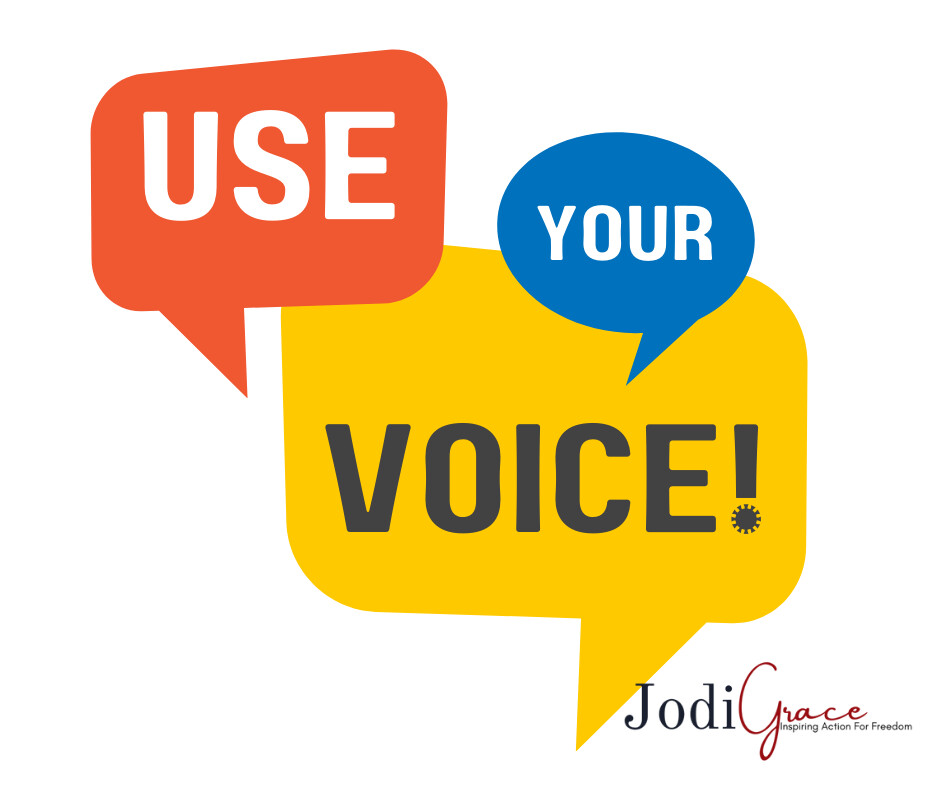
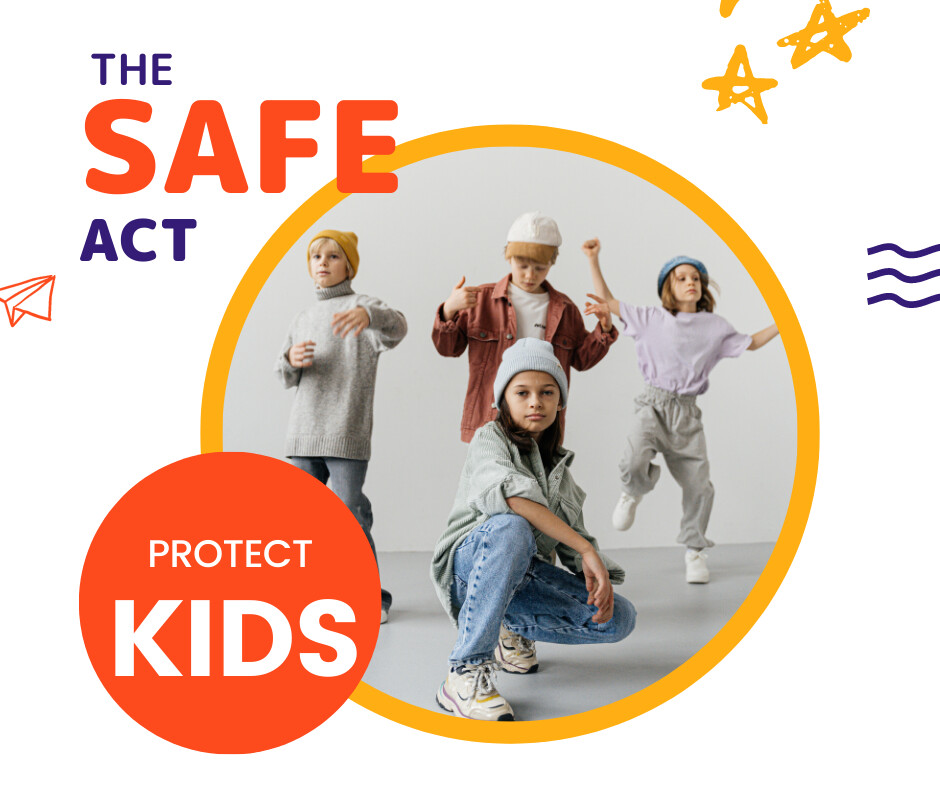
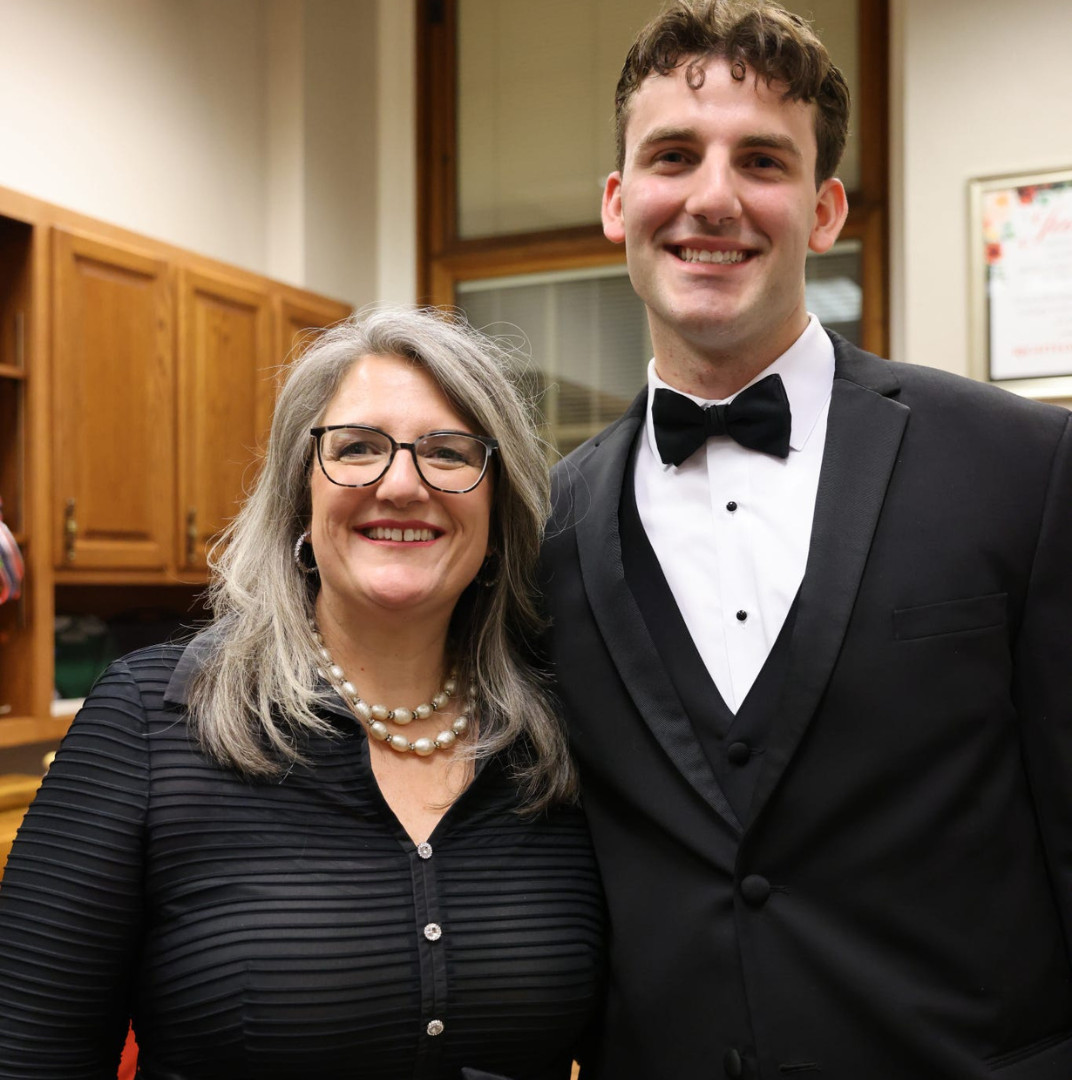
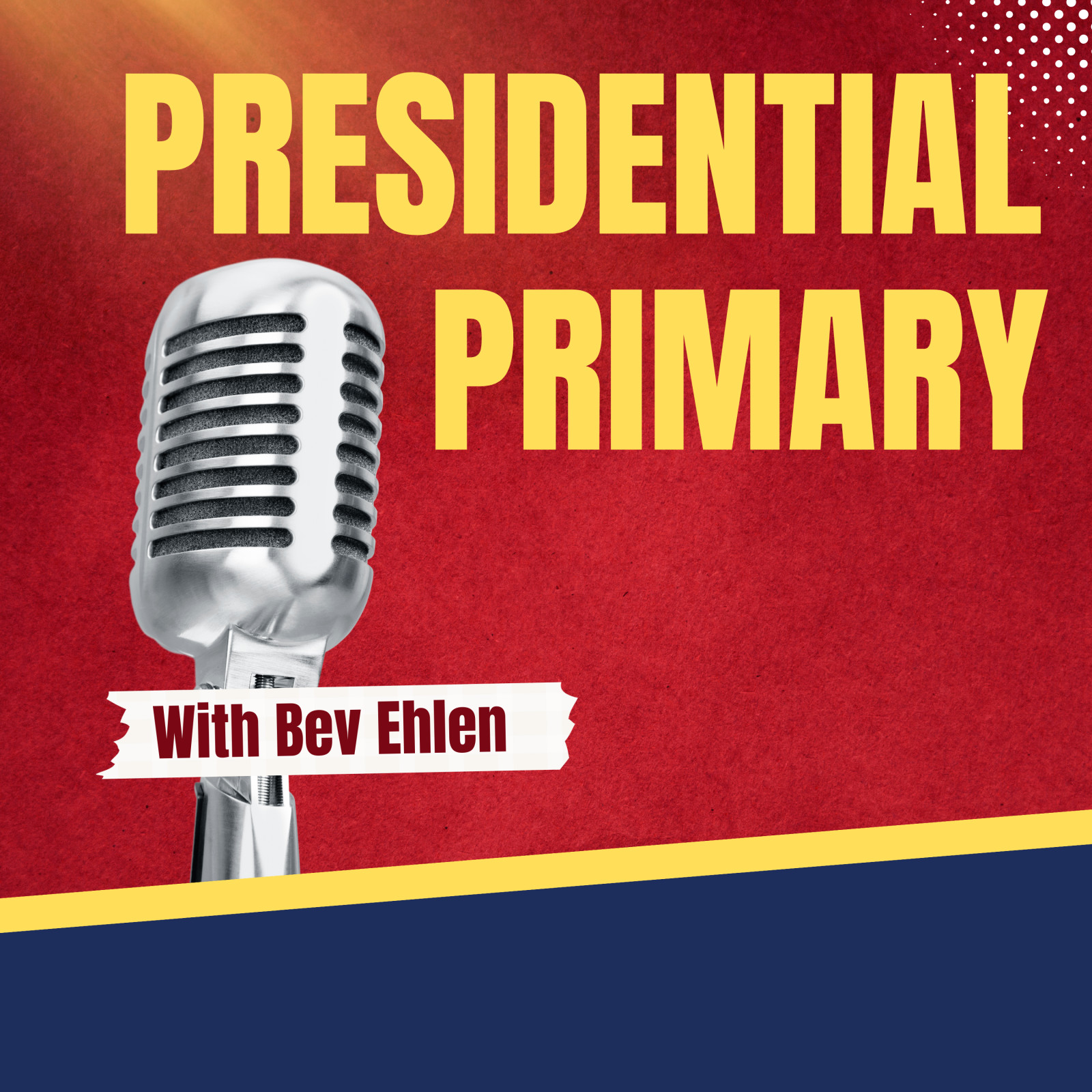
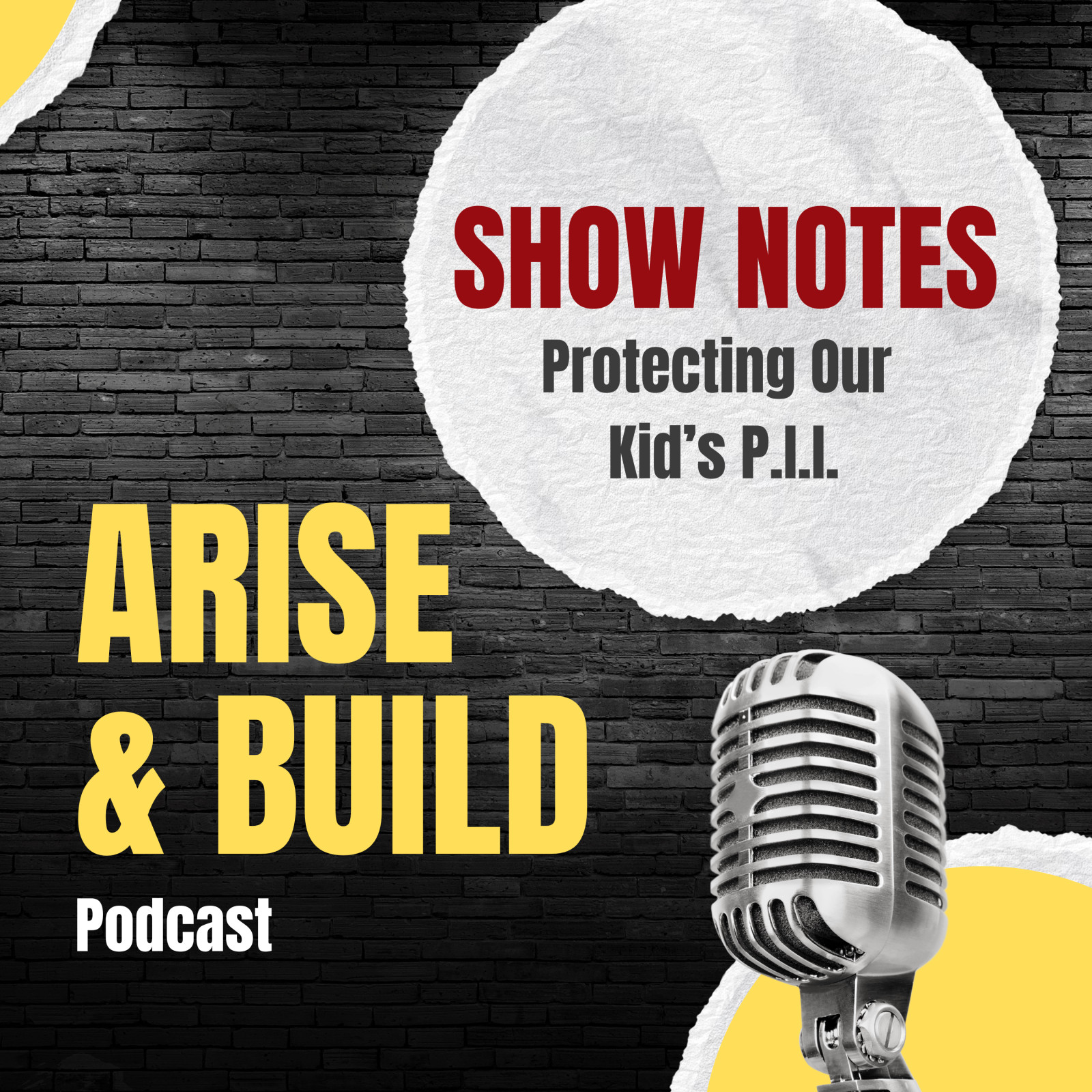

0 Comments